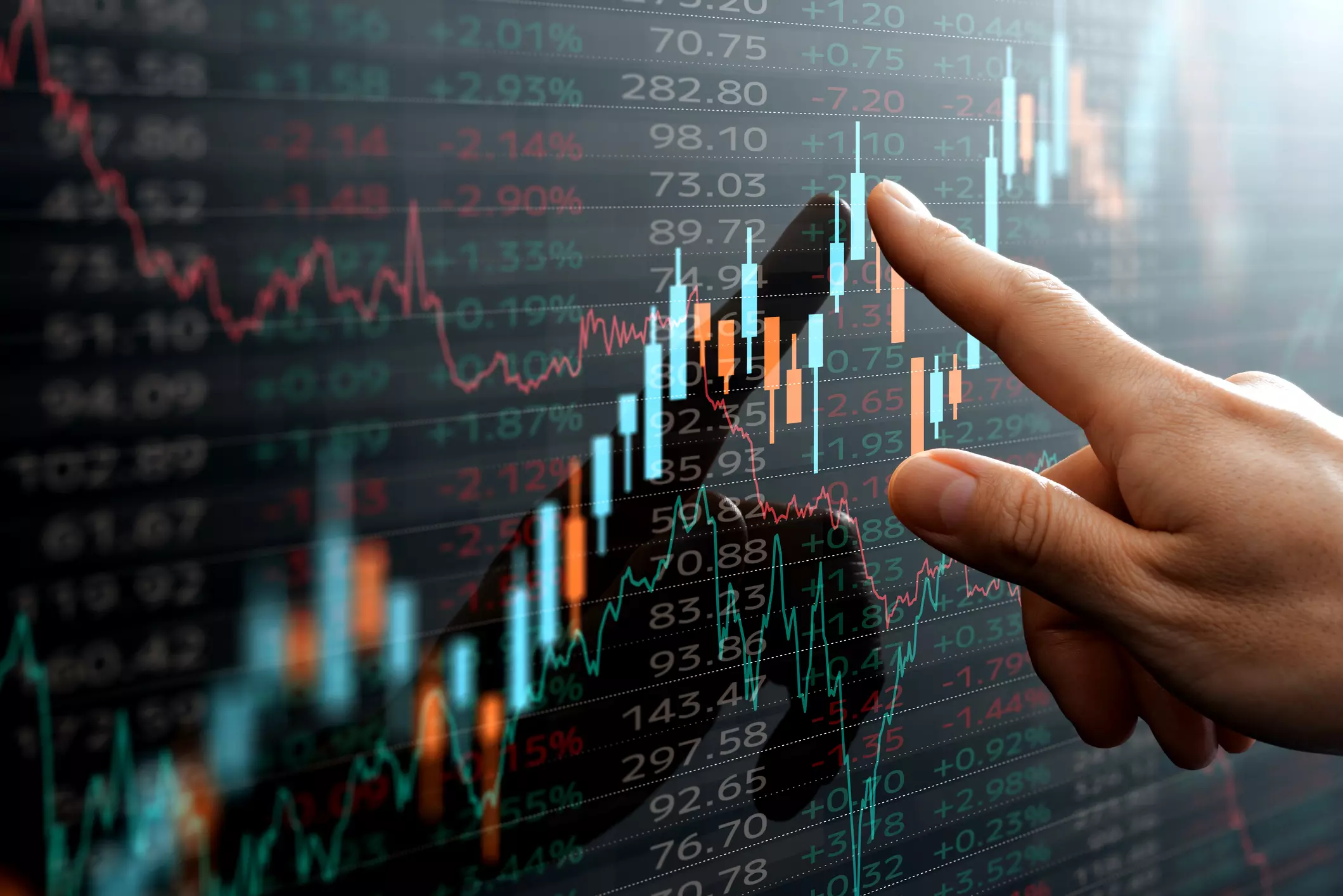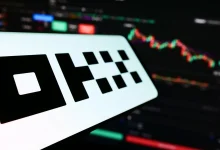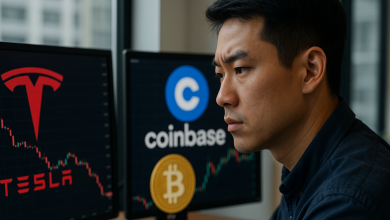Explained: How Market Cap Impacts the Price of Crypto Assets


KEY TAKEAWAYS
- Market capitalization = Price × Circulating Supply, representing the total value of the cryptocurrency.
- It provides a broader market perspective than price alone.
- Large-cap coins are typically more stable and trusted by institutions.
- Small-cap coins carry higher risk and volatility but offer growth potential.
- Market cap influences investor confidence, liquidity, and perception of legitimacy.
- Circulating supply and tokenomics directly affect market cap changes.
Market capitalization, commonly referred to as , is a fundamental metric that plays a crucial role in understanding the price dynamics and investment potential of crypto assets. While crypto prices often grab headlines, market cap offers a broader perspective by combining price with the circulating token supply to represent the total value of a cryptocurrency.
This article explores how market cap impacts the price of crypto assets, its calculation, the interaction with other market factors, and why investors should pay close attention to this metric for better decision-making.
What is Market Cap in Cryptocurrency?
Market cap is the aggregate value of all units of a particular cryptocurrency currently in circulation. It is calculated by multiplying the current price of one coin or token by the total number of tokens actively circulating in the market.
Market Cap=Price per Coin×Circulating Supply
For example, if a crypto asset is priced at $100 and there are 10 million coins in circulation, the market cap would be $1 billion. This calculation represents the total market value that investors assign to a crypto asset at a given time.
Market Cap vs. Price: Understanding the Difference
One common misunderstanding among novice investors is conflating price with market cap. The price of a cryptocurrency is a snapshot of what one unit costs, while market cap measures the total value of all units combined.
Price alone can be misleading without considering supply. A token priced at $1,000 with only 1,000 tokens in circulation has a market cap of $1 million. In contrast, a token priced at $10 but with 200 million tokens has a market cap of $2 billion, making it significantly larger in value despite the lower price per coin.
Therefore, market cap provides a more holistic measure of an asset’s size and importance in the crypto ecosystem than price alone.
How Market Cap Influences Crypto Asset Price
Market cap and price share a dynamic relationship. Since market cap is directly calculated using price, changes in price cause fluctuations in market cap. However, the inverse is more nuanced: the market cap itself influences price perception and investor behavior.
Market Cap as a Stability Indicator
Generally, cryptocurrencies with larger market caps tend to be more stable and less volatile. Large-cap cryptocurrencies like and ETH have established networks, widespread adoption, and high liquidity. These factors reduce susceptibility to rapid price swings from large trades or market manipulation, making them securer investments.
Conversely, , with lower total market value, typically experience higher price volatility. Their prices can fluctuate wildly on news, low trading volume, or shifts, often attracting speculative traders viewking higher returns but with increased risk.
Investor Confidence and Market Perception
A higher market cap often signals market confidence because it represents more invested capital and broader adoption. Institutional investors usually favor assets with strong market caps, viewing them as less risky and more legitimate.
This increased trust can lead to more purchaseing interest, driving up prices further. Thus, market cap affects price indirectly by shaping investor perception and market demand.
Impact of Circulating Supply and Tokenomics
Market cap depends on circulating supply, the number of tokens actually available to the public. Crypto projects may have total or maximum supply values that exceed current circulation because some tokens are locked, reserved, or scheduled for future release.
Price stability and market cap growth can hinge on how supply changes. For example, if additional coins enter circulation without proportional demand, the price and thus the market cap may dilute or decline. Conversely, mechanisms like reduce circulation and can increase price and market cap, assuming demand remains steady.
Market Cap and Trading Volume: Liquidity and Price Impact
Liquidity, often measured by trading volume, interacts with market cap to influence price stability. A crypto asset with a high market cap but low trading volume can still face price volatility because the market depth is shallow.
The ratio of to market cap assists determine how easily an asset can be bought or sold without a dramatic price impact. Assets with higher liquidity provide smoother price movements and reduced slippage, enhancing investor confidence and sustaining higher prices.
Predicting Price Movements Through Market Cap
Investors sometimes use market cap trends to forecast future price movements. As market cap reflects total market value, a rising market cap over time indicates growing investor interest and demand, often preceding price gains.
However, market cap alone cannot predict price changes accurately without considering broader market factors such as:
- Supply-demand dynamics
- Investor sentiment
- Regulatory news
- Technological developments
Hence, market cap should be used alongside other metrics like trading volume, network activity, and macroeconomic indicators for better investment decisions.
Categorizing Cryptos by Market Cap
Understanding market cap categories assists frame risk and opportunity:
| Category | Market Cap Range | Characteristics |
| Large-Cap | Over $10 billion | More stable, widely adopted, lower risk |
| Mid-Cap | $1billion to $10 billion | Balance of growth potential and stability |
| Small-Cap | Under $10 billion | Higher volatility, speculative, high risk |
Large-cap cryptocurrencies are often called “blue-chip” assets and favored by conservative investors. Small-cap cryptos, although more volatile, offer higher growth opportunities for risk-tolerant investors viewking substantial returns.
Limitations of Market Cap in Price Analysis
While market cap is a valuable indicator, it has limitations and should not be the sole factor in investment decisions:
- It can be manipulated for tokens with low liquidity by price inflation.
- Market cap does not reflect actual market capitalization if large holdings are dormant.
- Some projects report total supply market cap rather than circulating supply, overstating valuation.
- It does not account for technological utility, security, or community strength, which also affect price.
Investors need a comprehensive analysis beyond market cap to gauge true asset value.
Market Cap: The Key to Understanding Crypto Value and Investor Confidence
Market capitalization is a foundational metric that provides investors with an essential lens to evaluate the price and significance of crypto assets. While price reveals what one unit costs, market cap reveals the total market value, offering insights into stability, investor confidence, liquidity, and risk profiles.
Large market cap tends to correlate with price stability and institutional trust, while small market cap often ties to volatility and high-risk, high-reward speculation. Understanding how market cap interacts with price, supply, demand, and trading volume equips investors to interpret market movements better and make informed decisions.
Ultimately, market cap impacts crypto prices by shaping market perception and liquidity rather than directly determining unit prices. For investors at every experience level, mastering the concept of market cap and its nuances is central to navigating the complex and dynamic world of cryptocurrency investing.
FAQ
What is market capitalization in cryptocurrency?
Market cap represents the total value of a crypto asset, calculated by multiplying its price per coin by the number of tokens in circulation.
How does market cap differ from price?
Price shows the cost of a single unit, while market cap reflects the overall size and value of a cryptocurrency project in the market.
Does a higher market cap mean a higher price?
Not necessarily. A coin can have a lower price but a higher market cap if it has a larger circulating supply.
Why do investors prefer large-cap cryptocurrencies?
Large-cap cryptos like BTC and ETH are viewn as more stable, widely adopted, and less volatile, offering securer long-term investment options.
How does market cap affect investor confidence?
A higher market cap signals stronger adoption and trust, attracting institutional investors and increasing demand, which can indirectly push prices higher.
What role does circulating supply play in market cap?
Circulating supply determines how many tokens are actively in the market. Changes in supply through token burns or new releases affect price and market cap.







